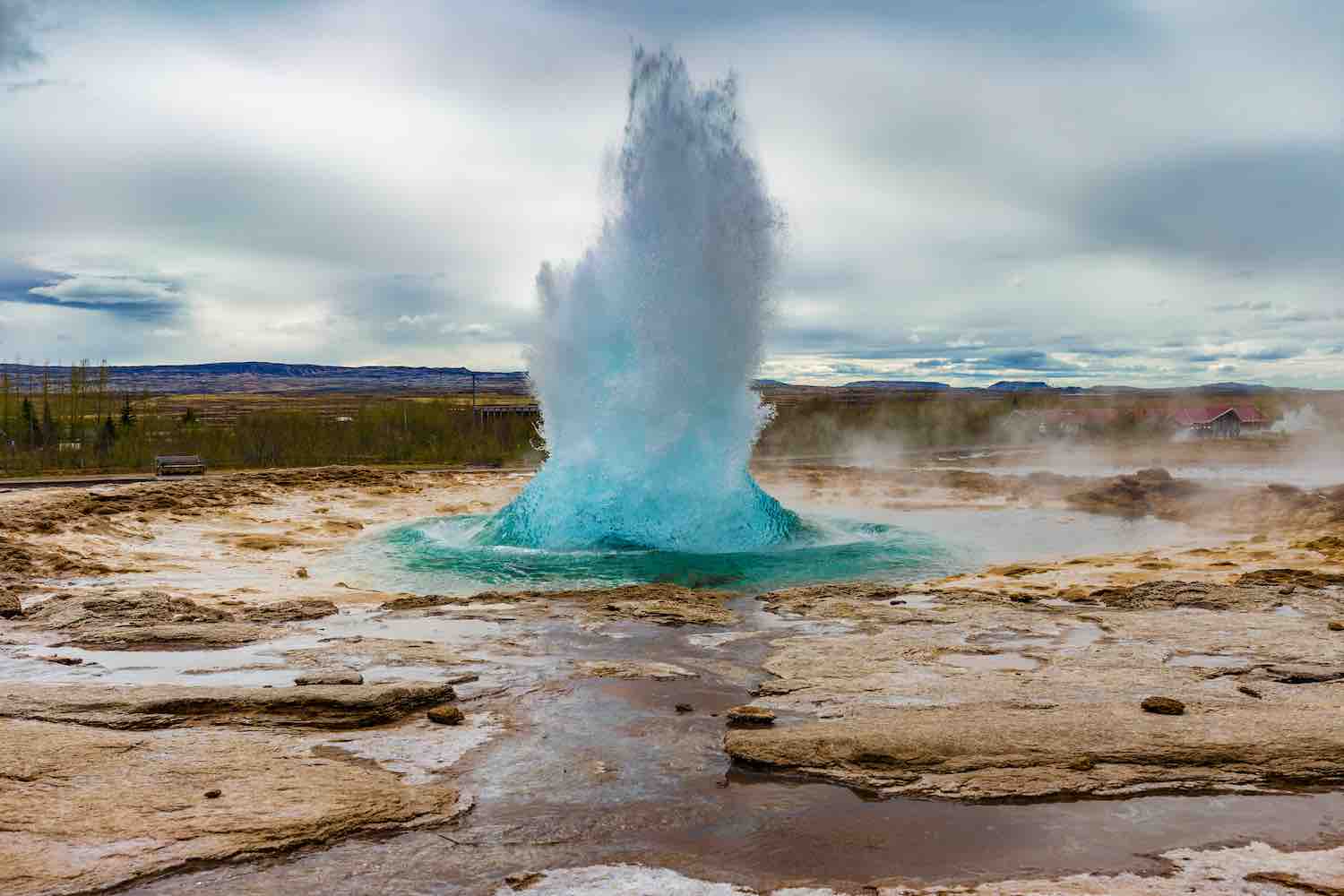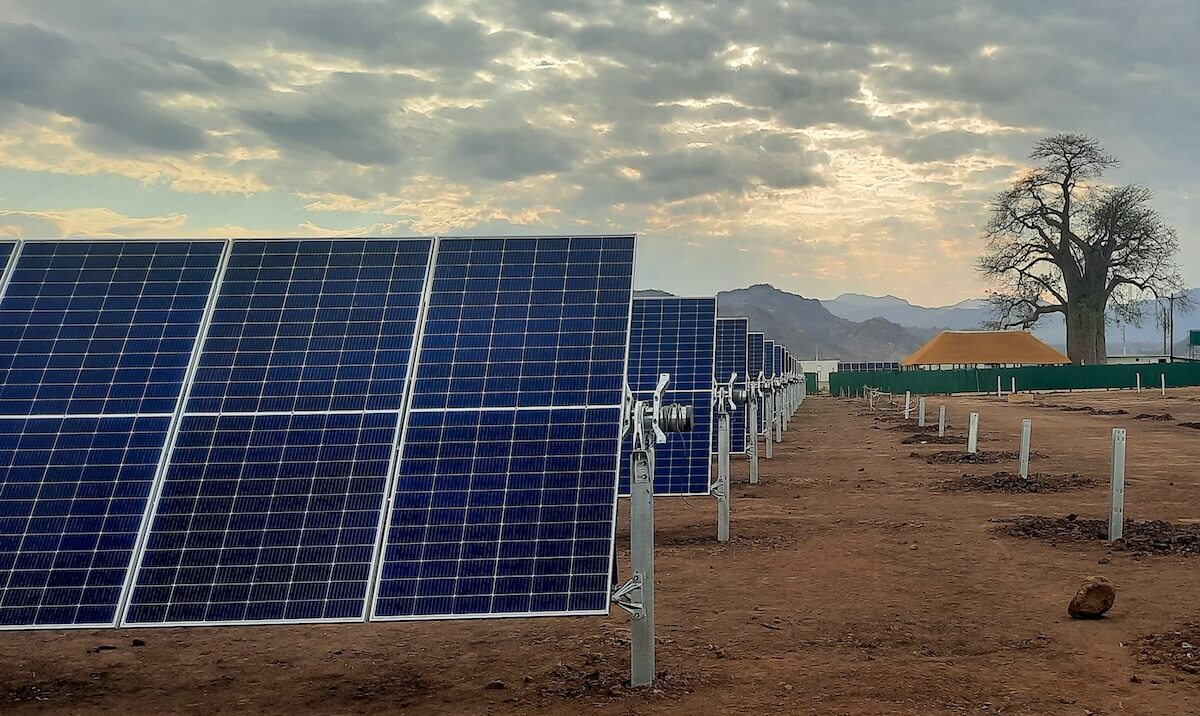Geothermal energy shows exciting potential to be integrated into the global electricity supply as a dominant source of renewable power. At Unreasonable, we have built a Fellowship of more than 150 companies that are within the energy arena, affording us a deep lens into the sector, and we are increasingly witnessing a compelling use case for geothermal across residential, commercial and industrial sectors.
Despite its ability to provide consistent, uninterrupted clean power, geothermal accounts for a low 0.3% of global electricity generation. We believe there is huge potential for growth. Here are some of the trends we’re seeing and four start-ups to watch in this space.
The “sun beneath our feet”
Known as “the sun beneath our feet,” the core of the earth consistently reaches temperatures as high as 6,000 degrees celsius. Geothermal energy harnesses those subterranean temperatures to provide sustainable power as an alternative to traditional electricity and natural gas.
Geothermal energy capacity has grown by 80% in the 20 years since 2000, with over 16GW of installed capacity worldwide, according to HSBC research. But the rate of growth is still slow compared with other renewable sources, and geothermal energy holds just a small share of global renewable installed capacity. The main obstacles to wider adoption of geothermal energy are its high costs and location constraints – most geothermal to date has tapped close to the surface thermal waters.
The development of enhanced geothermal systems, or EGS, which pump water into hot rocks to create underground geothermal reservoirs, makes it possible to tap into geothermal wells almost anywhere in the world, catapulting the industry into the renewable spotlight.
The risks and advantages associated with large scale geothermal plants
Geothermal power is currently only used in a few locations, most of which are home to shallow geothermal wells such as geysers, volcanoes, and hot springs. But it has unique characteristics which have the potential to set it apart from other renewable sources.
Geothermal is one of the few renewable energy sources that can provide continuous baseload power, without reliance on weather conditions or daylight. It can create consistent power year-round, instantaneously heating buildings during winter and cooling them in summer, eliminating the need for expensive battery-powered energy storage systems.
Geothermal energy is also a relatively clean energy source that has a small footprint on the land while offering an abundance of local and long-term jobs when compared with traditional fossil fuels.
The reason this technology has not yet been scaled to its potential is because of the risk factors such as the high capital expenditure required and the risk of natural disasters. Geothermal “capex” requires high upfront costs before realizing the actual potential of the plant, making it a financial risk for many investors.
Geothermal drilling requires expensive equipment that can operate at high temperatures, as well as a specially trained workforce. Balancing these high initial expenses, maintenance costs for these technologies remain relatively low. Even more advantageous are the similarities between geothermal drilling and oil fracking, which allows for technical and production-related risks to be mitigated through shared knowledge and know-how from the fossil fuel industry.
With a hope to make the technology more approachable to investors, countries are implementing tax breaks and incentives as well as favorable regulations and legislations to lower the upfront cost and risk of geothermal drilling.
Earthquakes and other natural disasters can cause damage to drilling sites and plants 9and, like fracking, geothermal projects can trigger earthquakes). However, with proper seismic planning and intervention, the risk posed by natural disasters can be avoided and, at the very least, limited.
4 geothermal startups to watch
Global utilities such as Enel Spa, Calpine Corporation, and Hathaway Energy hold a sizable share of the industry’s market share, but smaller start-ups are joining the geothermal heating and cooling race. The ones to watch in our opinion are:
Dandelion Energy – USA
Spun out of Google X in 2017, Dandelion Energy offers an end-to-end geothermal home HVAC system to replace traditional heating and cooling.
By using heat pumps to circulate water through an underground pipe system, Dandelion is able to use stored subterranean heat to warm homes in winter, while redirecting heat from inside homes back to the ground in summer. The New York-based company has been doing a brisk business selling heat pumps in New York and Connecticut.
Cofounder and CEO Kathy Hannun says the technology can cut 80% of a home’s carbon footprint. Heating and cooling homes accounts for half of the energy in the U.S., creating a significant environmental footprint.
Part of the Unreasonable Fellowship and funded by the likes of Lennar Corporation, Ground Up Ventures, and the Collaborative Fund, Dandelion Energy has sourced $64.5 million in investment over 9 funding rounds.
Eavor – Canada
Founded by investors with a background in the oil and gas industry, Eavor has developed a geothermal system known as the Eavor-Loop™, a closed-loop pipeline that connects a network of underground wellbores.
In a thermosiphon process that circulates water naturally, without the need of an electric pump, Eavor mines heat using electrical conduction and profits on the relatively low heat it generates (150 degrees celsius), 1.5 miles underground, almost anywhere in the world.
The company’s unique selling point is its scalability, meaning it can be installed anywhere in the world without needing volcanic temperatures or permeable aquifers.
The company has rounded up $83 million over 7 funding rounds, including investment from BP Ventures and Chevron Technology Ventures, in their goal to commercialize their technology and power 10 million homes by 2030.
Baseload – Sweden
Technology is part of the equation. Baseload Capital focuses on financing geothermal projects. Spun out of Sweden-based geothermal tech company Climeon, it makes equity and debt investments in projects that use Climeon’s low-temperature geothermal technology.
Baseload’s investors include billionaire-backed Breakthrough Energy Ventures, which invested $12.5 million in the firm. In March, it secured a $25 million funding round from strategic partner Chevron Technology Ventures.
HyperSciences – USA
HyperSceinces is a drilling company that aims to introduce a revolutionary and sustainable drilling process to the clean energy industry.
Using a hypersonic acceleration device to tap into subterranean water sources, the company hopes to use its hypersonic HyperDrill to drill 10 times faster to reach geothermal aquifers.
Unexpectedly, their testing has presented an opportunity to formulate underground density maps, potentially helping them to uncover the locations of geothermal water sources and mineral deposits.
The Texas-based startup has raised $10.6 million in their Series A round, including investment from crowdfunding equity platform SeedInvest (which was backed by over 4000 independent funders), and Shell.
Pratibha Vuppuluri is the Head of Global Portfolio and Investment at Unreasonable and Managing Partner at Unreasonable Collective, an invite-only member club for sophisticated investors looking to co-invest alongside top-tier funds and into “Unreasonable’s most compelling growth-stage companies.” You can learn more about The Collective here.











